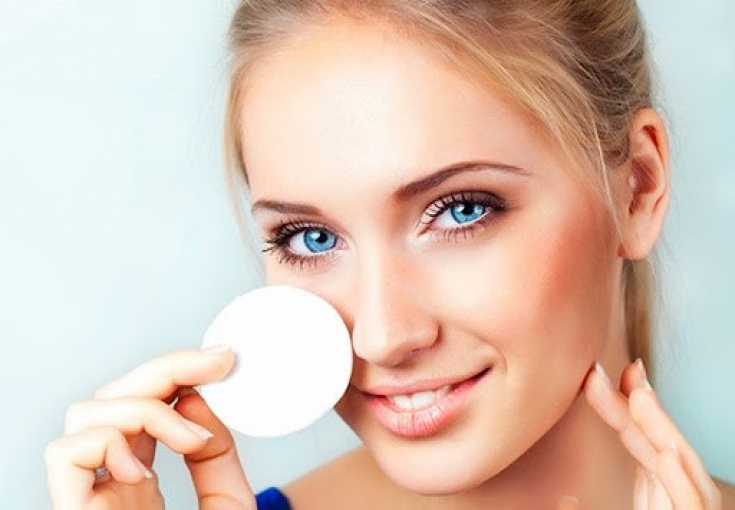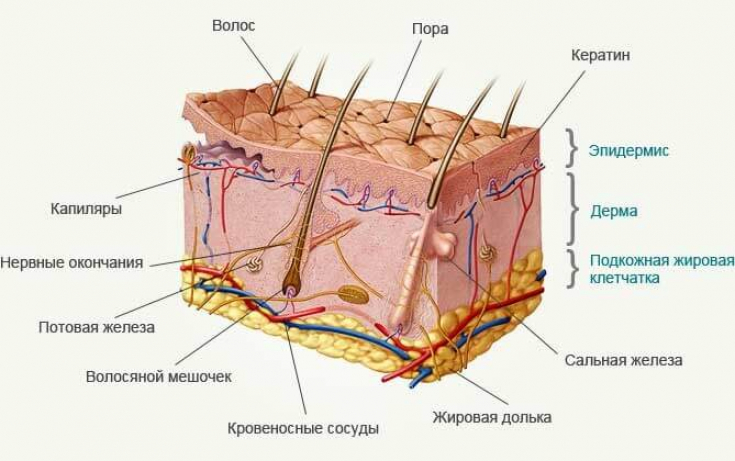Acne, or acne (lat. Acne vulgaris) − inflammatory disease of the sebaceous glands and hair follicles, which ranks eighth in the world structure of morbidity. Most often registered in Western Europe, North and Latin America.
Specifically, in the US, this problem occurs in approximately 85% of people aged 12 to 25 years, and at the age of 40, the incidence of acne is 26% in women and 12% in men. Acne affects all age groups and is classified accordingly into neonatal, childhood, adolescent, and adult acne.
Find out in the article on estet-portal.com what are the leading factors in the development of acne and affect the severity of the disease.
Acne pathogenesis
The pathogenesis of acne is complex, but includes four key factors with interrelated mechanisms:
- increased sebum formation;
- hyperkeratinization of the infundibular part of the follicle;
- inflammation;
- Infection caused by Cutibacterium acnes (gram-positive facultative anaerobes that live deep inside the follicles and in the pores of the skin).
Follow us on Instagram!

When looking at a person, we first of all pay attention to the face, so there are problems in forming the first impression. Adolescents and adults with acne have higher rates of anxiety, low self-esteem and depression compared to those who do not have the problem.
Relationship between sex hormone levels and acne progression
Severely affected adults have much higher unemployment rates than age-matched non-acne groups. The deterioration in the quality of life in patients with acne equates to disorders in asthma, epilepsy
include:
heredity;- rare genetic conditions (Apert syndrome);
- endocrine disorders, in particular polycystic ovary syndrome;
- metabolic syndrome.
- Acne has a high chance of inheriting − in the general population are the cause of the disease in 81% of cases. Unlike bizygotic twins, monozygotic − the level of sebum production and the presence of acne are almost identical, so
.

Acne diagnosis is based on clinical examination. The primary lesions are
comedones(closed or open) and inflammatory elements (papules, pustules and nodules). They are mainly localized in areas
where there are a lot of sebaceous glands: on the face, upper back, chest, shoulders. Secondary changes include scarring, hyperpigmentation or erythema which also affects treatment. The severity of acne manifestations is very variable: from mild forms to severe fulminant disease with systemic symptoms − fever, arthralgia, lytic bone damage.
When taking a history, you need to find out ifheredity is burdened
, pay attention to the symptoms and signs of hyperandrogenism or other endocrine disorders, in particular excess of cortisol and growth hormone .
Hormonal therapy and antibiotics in the treatment of acne For example, menstrual irregularities and hirsutism are indicative of polycystic ovary syndrome, so
however, the sudden onset of acne can be a sign of a gonadal tumor. Hormonal effects as a cause of acne
In patients with atypical, very severe or therapy-resistant manifestations,
especially with sudden onset, as well as in women with signs of androgen excess, laboratory and instrumental studies should be performed.
In polycystic ovary syndromeit is necessary to determine the total and free testosterone in the blood serum.
If adrenal hyperplasia is suspected, the contents are determined:
thyrotropin;- cortisol;
- dehydroepiandrosterone sulfate;
- 17-hydroxyprogesterone.

Treatment tactics depend on the type of damage, its severity and localization. First of all, it is necessary to
analyze the skin care procedure: the frequency of washing, the choice of products for cleaning and moisturizing. Most patients are advised to avoid scrubs, astringents and other irritating products, wash twice a day using gentle cleansers for sensitive skin.
All about the use of systemic retinoids in the treatment of acne The patient should understand that the initial period of acne treatment until clinical improvement is sometimes 8-12 weeks, and secondary pigmentary changes or erythema completely disappear after a few months. To prevent further darkening of hyperpigmentation, it is advisable to use
sunscreen.
More useful information on our





